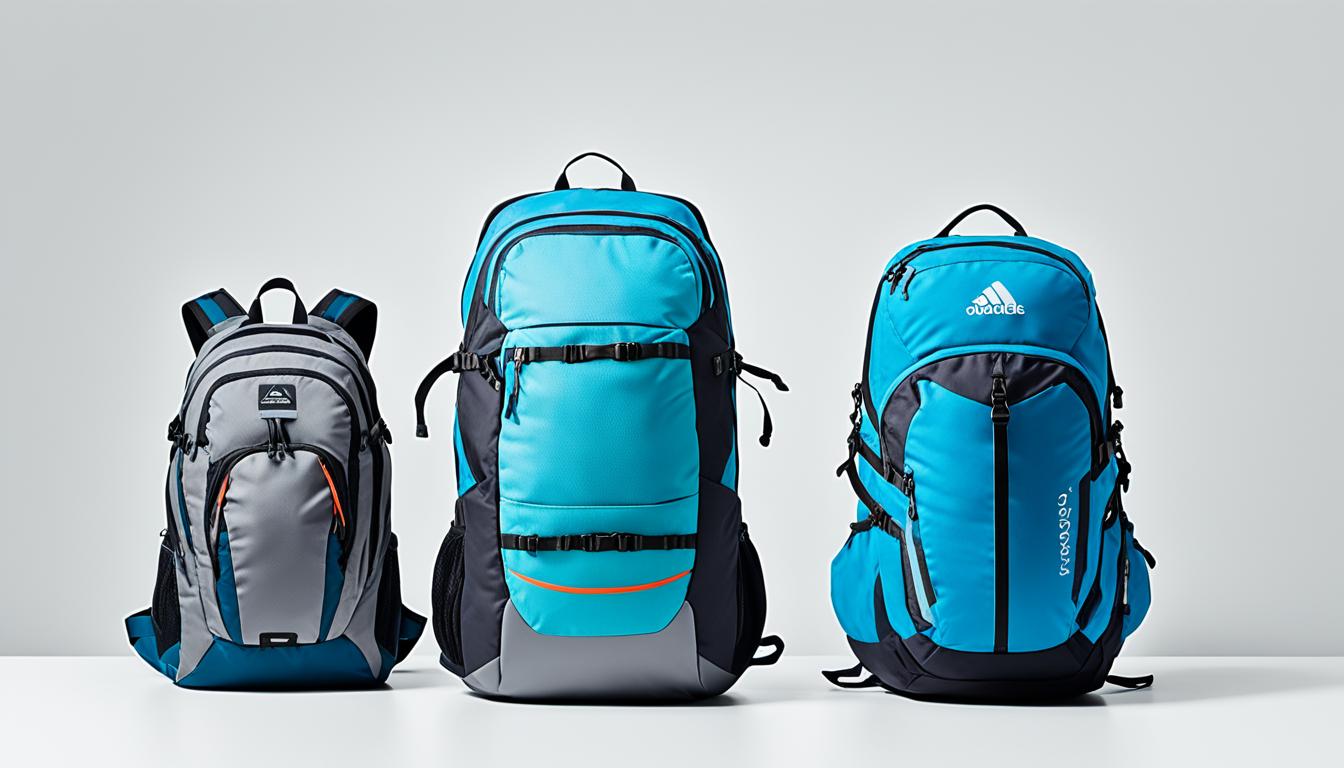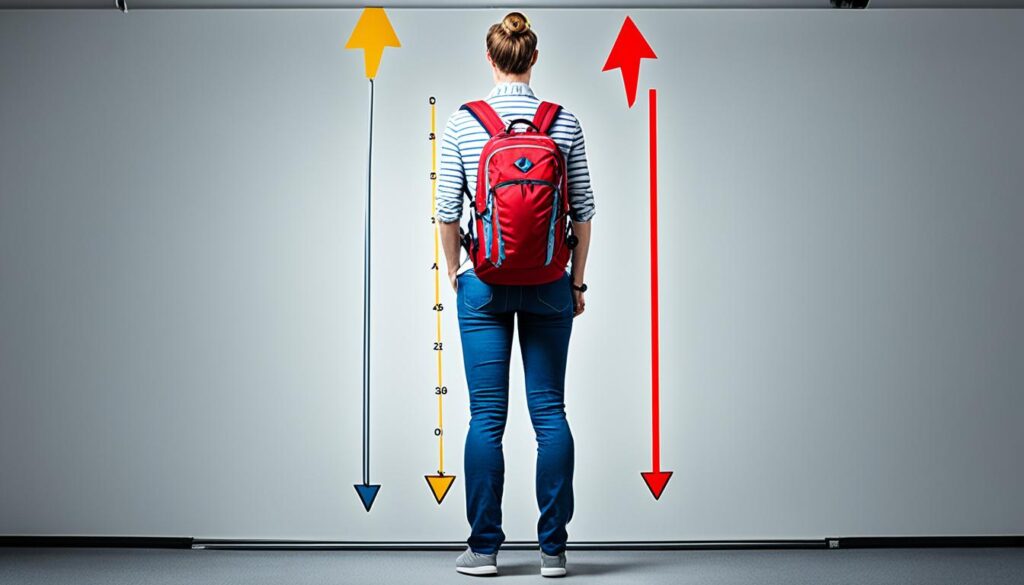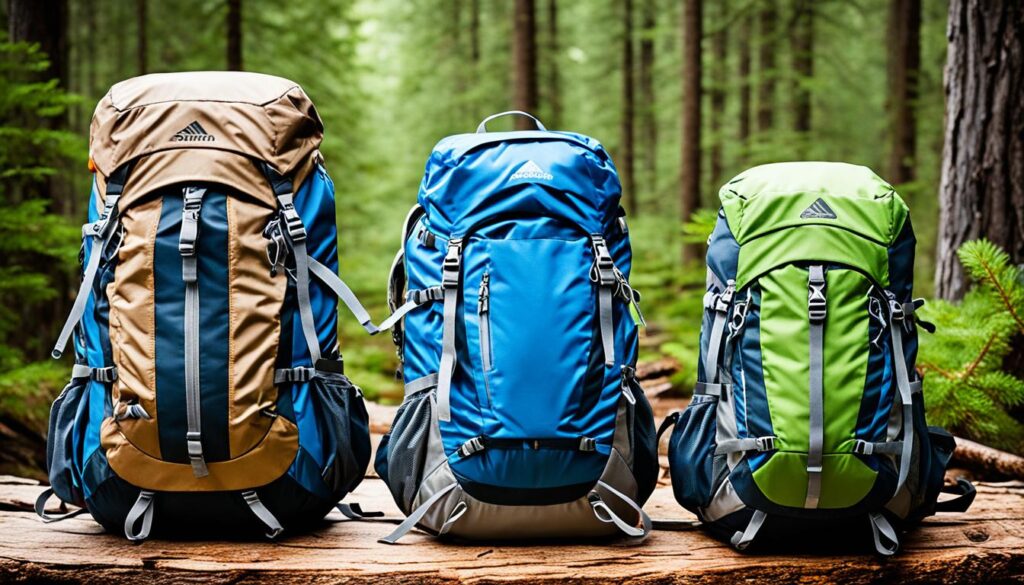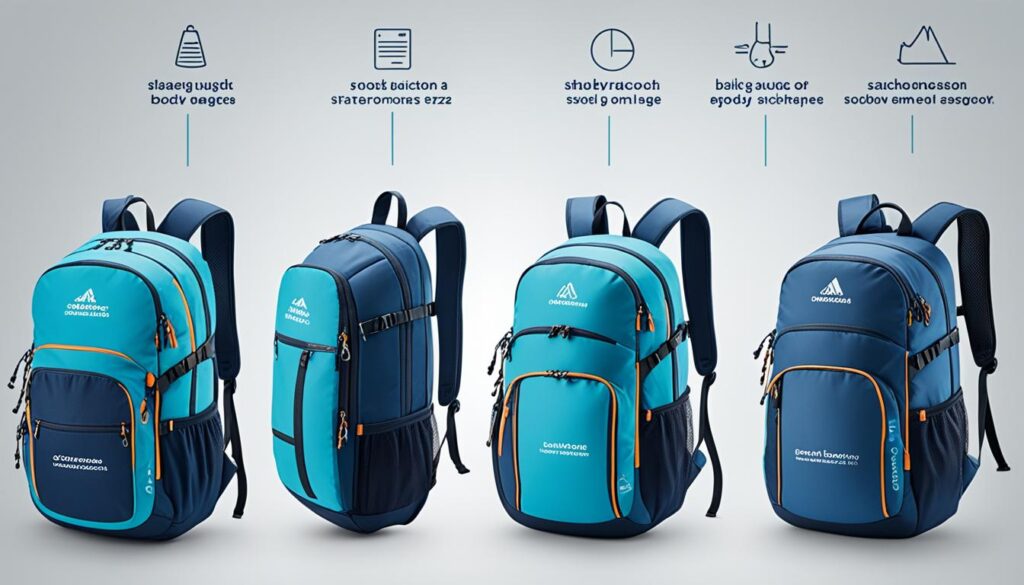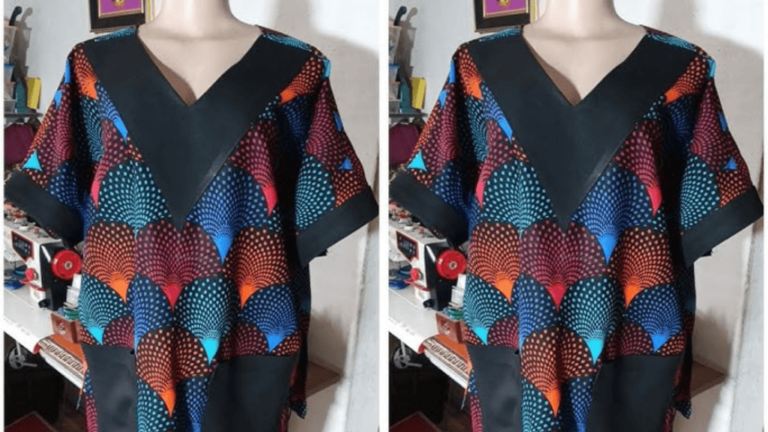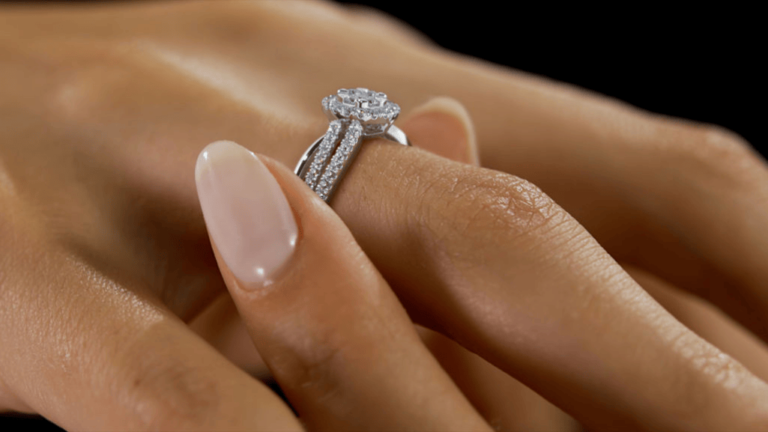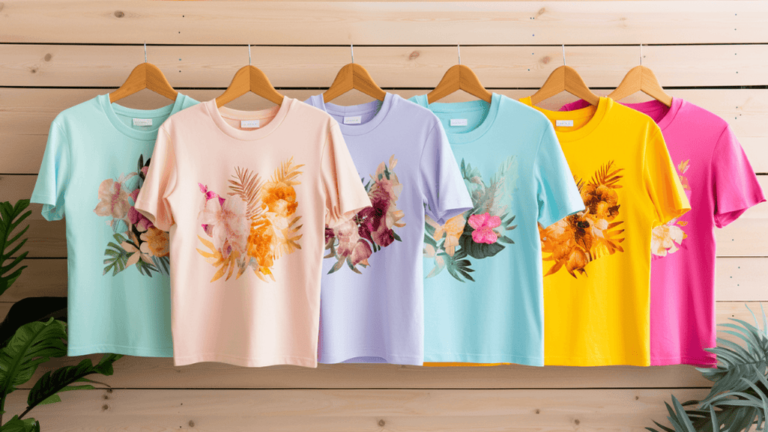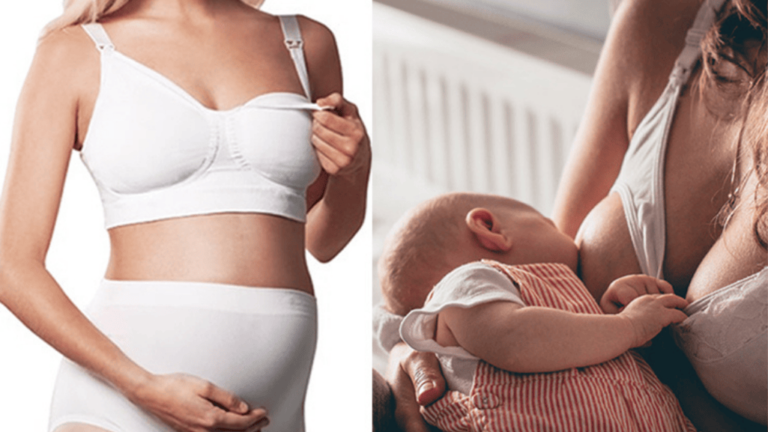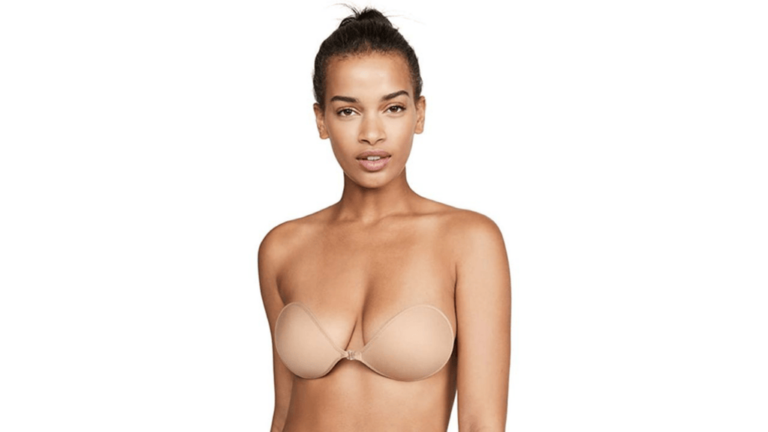Going into the wild isn’t just about adventure; it’s about having the right gear, like picking the best backpack size. Outdoor experts know that carrying comfort is not mostly about how much a pack can hold. It’s really about finding the right backpack fit for your body.
The most important thing to check for a good fit is your torso length, not your height in general. Measure from the base of your neck—where the C7 vertebra is—to the top of your lower back. Knowing this distance is crucial for choosing the right backpack size.
When it’s time to pick the perfect backpack, going to places like REI can be very helpful. They have pros who are great at fitting backpacks just for you. They not only help with figuring out the right size but also make sure it’s adjusted perfectly. This ensures your pack sits well on your hips, so your back doesn’t bear all the weight.
REI is a top spot for getting complete advice on hiking gear, with expert articles and videos to help you. They cover everything, from the importance of hipbelt pockets and hydration sleeves to different types of backpack frames. These details are key in the big talk about what size backpack to pick.
Understanding features like suspension systems and shoulder straps is key for a comfy trip. And, there are also backpacks designed especially for women and youth. This means there’s a backpack to fit nearly every body type snugly.
Key Takeaways
- Torso length is more crucial than height when it comes to finding the perfect backpack size.
- Assistance from pack-fit experts at stores like REI can lead to better backpack fit and comfort.
- Various backpack features cater to different needs, from hydration sleeves to adjustable suspension systems.
- Continuous fit adjustments during hiking can alleviate discomfort and improve the overall experience.
- Specialized backpacks for women and youth offer tailored fits for different body types.
- Understanding the nuances between different pack types, such as internal and external frames, is key for optimal gear organization.
Understanding Backpack Sizing and Its Importance
Choosing the right backpack size is vital for comfort and use, not just looks. It decides how much you carry and impacts your experience while hiking, traveling, or doing daily activities.
Determining Torso Length for Backpack Fit
Measuring your torso length is the first step to finding the right backpack. It shows where the pack will sit and affects how weight is spread. You might think size is like picking clothes, but with backpacks, it’s all about torso length. Measure from your neck’s C7 vertebra to your hip bone’s iliac crest.
The Impact of Backpack Sizes on Comfort and Function
A badly sized backpack means discomfort and less efficiency. It doesn’t matter if you’re hiking, traveling, or just moving stuff daily, the right size is crucial. A backpack that’s too big or too small can hurt your back, shoulders, and neck, leading to health issues or travel woes.
When picking a pack, think about your trip length, what you need to carry, and what feels right. Trying on packs in stores like REI is really helpful to get the perfect fit.
What you aim for is a pack that fits well and helps you do what you love. If it’s a daypack for the city or a big one for long treks, the focus is on how it works with your body. This is key to making sure you enjoy and use your backpack fully.
In summary, the idea of choosing a backpack has many layers, from practicality to health. A careful, measured approach means every journey, from a quick trip to a big adventure, is backed by the best gear.
How to Measure Your Torso and Hip Size for Backpacks
Getting ready for a trip or adventure? Knowing how to measure your torso and hip is key for a comfortable fit. This guide will show you how to find the right backpack size. You’ll use a simple chart and measuring steps.
Step-by-Step Guide to Accurate Torso Measurement
Start by finding your C7 vertebra. It’s a bony bump at the base of your neck. This spot is the top of your torso length. Then, spot the iliac crest, the highest point of your hip bones; it’s at the bottom.
Use a tape measure or string to find the distance from C7 to your iliac crest. This measures your torso length. It’s vital for picking the right backpack size.
Finding the Right Hipbelt Fit for Optimal Weight Distribution
Measuring your hips is crucial since they carry the weight of the backpack. You should measure the hipbelt around your iliac crest. This makes sure the weight is spread well. It also boosts your balance and comfort on the trail.
To get your hipbelt size, wrap the measuring tape above your hips and around the iliac crest. Keep the tape level with the ground.
It’s key to measure both your torso and hip sizes. This helps you find a backpack that fits you just right. A good fit means you can tweak the pack’s straps to get the most comfort during hikes.
| Torso Size (inches) | Pack Size |
|---|---|
| 14 – 15 | Extra Small |
| 16 – 17 | Small |
| 18 – 19 | Medium |
| 20 – 22 | Large |
By using the right measurements, you make sure your backpack fits perfectly. This will make your hiking trips more comfortable and enjoyable. If you’re between sizes, pick the smaller one for a better fit.
Choosing Between Small vs Large Backpacks
The choice between small vs large backpacks deeply impacts your outdoor adventure. It depends on how long you’ll be out, how much gear you have, and your own packing style.
If you like to keep things light or are going on a quick trip, a small backpack is for you. These packs are light and perfect for the essentials. Learn more about small backpacks and how they work for short journeys or everyday use.
If your adventure is longer and needs more gear, a large backpack might be better. These start at 70 liters and can handle a lot. They’re great for cold places where you need to pack heavy. Check out this guide to see if a big backpack is the right choice for you.
| Type of Backpack | Capacity (Liters) | Recommended Use |
|---|---|---|
| Weekend Backpacks | 30-50 | 1-3 nights, light packing |
| Multiday Backpacks | 50-80 | 3-5 nights, versatile use |
| Extended-trip Backpacks | 70+ | 5+ nights, winter treks |
Getting the right backpack capacity that keeps you comfy is key. It can turn your trip into a great adventure. Choose based on what you need and the journey ahead.
Backpack Capacity Guide: Matching Size to Activity
Choosing the right backpack means looking at how much it can hold and what you need it for. The size of the backpack matters a lot. It affects how good you feel carrying it and how well you can move around during your trip or hike. When picking a backpack, think about how long you’ll be out and what you’ll be doing.
Weekend Packs: Volume and Recommended Use
Weekend packs are for those who like to keep it simple and move quickly. They usually hold 30 to 50 liters of stuff, perfect for getaways that last 1-3 nights. You’ll find enough room for your essentials without the extra weight. Look for quality from brands like Osprey and Lowe Alpine for packs that last on short adventures.
Extended-trip Backpacks and Their Capacities
For longer adventures, packs over 70 liters are better, especially if you’re out for more than five nights. Larger packs let you bring more clothes, a bigger first aid kit, lots of food, and necessary gear. This way, you have everything you need for the entire journey, including tough conditions.
When you choose a backpack, remember it’s not just about how much it can hold. It’s also about matching its size to what you plan to do:
- 10-30 liters are enough for day trips, holding water, snacks, and first aid items.
- For overnight stays, pick a 30-50 liter pack to fit more food, a hydration system, and an extra outfit.
- Multi-day adventures require 50 liters and above. They can carry more clothes and gear for different weather.
Each backpack size is designed for a specific job. They are made to meet different needs and plans. Whether it’s a day trip or a week-long adventure, the right backpack size helps you carry things comfortably. It makes your journey more enjoyable.
Backpack Dimensions and Their Relation to Body Size
Knowing how backpack dimensions match body size is key. It means your pack fits well, feels comfy, and spreads its weight well. This combo reduces tiredness when using it for a while. It helps choose backpacks that match your body’s shape and what you need it for.
When picking a backpack, think about its size in liters or cubic inches. A too big or too small pack can hurt you. A big one might put too much stress on your back and shoulders. A small one can’t carry all your stuff, making it less useful.
Backpacks have different types based on what they’re for, like extra padding for certain activities. They’re also made differently for men and women, to fit our bodies better. There’s a lot about this, including the size for different torso lengths and hip widths.
Start by measuring your torso and waist to find the right backpack size. Here’s how to do it:
- Find the top of your hips and the bottom of your neck.
- Use a tape measure to follow your spine from neck to hips.
- Compare your measurement to the backpack sizes, and remember most are adjustable.
For trips on different terrains, or longer journeys, choose the right backpack capacity. For day trips, go for a 10-liter pack. For longer hikes, aim for 30 to 50 liters so you can pack more gear.
Matching the backpack dimensions with your body size and the activity you’re doing is vital. It makes your hiking trips more enjoyable and efficient.
Backpack Size Chart: How to Interpret Sizing Information
Selecting the right backpack starts with reading and comparing backpack size charts. Understanding these charts helps you find a backpack that’s comfortable and useful for you. Here’s how to make sense of these important tools.
Reading and Comparing Backpack Size Charts Across Brands
Comparing backpack sizes from different brands may seem hard at first. This is because there’s no standard way to list sizes. But, the most important part to look at is the backpack’s torso length measurement, usually in inches or centimeters. It’s important to know your own torso length before shopping. Here’s how to do it:
- First, find the range of torso lengths each backpack fits and see if yours matches.
- Next, see if any special features like extra padding or adjustable settings could affect the fit.
- Also think about what you’ll be using the backpack for—some designs are better for certain activities than others.
It’s key to note that size categories can vary between brands. So, what’s a medium in one brand might not be the same in another.
Applying Size Chart Data to Find Your Backpack Size
After getting your measurements and checking multiple charts, the next step is to apply this knowledge. This will help you pick the best backpack for your needs:
- Match your torso size with the right pack size range.
- If a backpack has a hip belt, think about your hip size as well. This is important for supporting weight.
- Make sure the volume, usually in liters, meets your needs. For example, you’ll want 50 to 70 liters for multi-day trips.
Choosing brands that offer adjustable options can make a big difference. This can improve how well the backpack fits and feels.
Investing time in understanding and comparing backpack size charts is key. It helps make your outdoor trips comfortable, efficient, and fun. Make sure to consider both your body size and activity needs to pick the perfect backpack. This way, your backpack becomes a reliable partner on your adventures.
Features and Adjustability: Finding the Perfect Backpack Size
Choosing the right backpack is crucial for outdoor trips. It’s all about comfort and functionality. Adjustable backpack features make a big difference. They enhance how you use the backpack and make it comfy. The adjustable suspending systems and compression straps are key. They help the backpack fit well and adjust to different loads.
The Role of Adjustable Suspending Systems
Adjustable suspending systems are key for different torso lengths. They help distribute weight well, reducing strain. This means you don’t just feel better, you stay safer on uneven trails. A well-fitted backpack can prevent accidents and injuries.
Compression Straps and Their Effect on Backpack Sizing
Compression straps are also important. They let you adjust your pack’s size as the load changes. By using these straps, you can make your pack smaller. This brings the load closer to you, adding stability. It’s especially helpful on tough hikes or tricky paths.
Having a well-fitted backpack is not just about being cozy. It’s also about staying healthy. A backpack that doesn’t fit right can hurt you over time. Using the adjustable features properly ensures your backpack fits you well. This makes your hiking experience fun and safe.
Selecting the Best Backpack Size for Different Body Types
Finding the best backpack is more than picking a color or style. It’s about knowing what fits your body best. This means looking at women-specific backpack sizes and youth-specific backpacks. They are made to fit you better, making your outdoor trips more comfortable. Here, we’ll talk about why choosing the right size is key for your adventure.
Women-Specific and Youth-Specific Backpack Sizing
Backpacks are now designed especially for women and young users. Women’s backpacks fit the female body better. They have shorter torso lengths and narrower shoulders. They also feature shoulder straps and hip belts that consider wider hips and busts, making them more stable and comfortable.
Backpacks for youth are also available. They are smaller and can adjust as the child grows. This ensures proper weight distribution on smaller bodies. It prevents discomfort and injuries caused by an ill-fitting or heavy backpack.
Adjustments for Varying Body Proportions
Today’s backpacks often have adjustable features for a perfect fit. These features help with heavier loads and prevent muscle strains. Adjustments like load-lifters and sternum straps make sure the weight is evenly spread. This especially helps those with unique body shapes.
Size is just the start of finding a comfortable backpack. Look for ventilation systems too. High-quality packs have designs that keep your back cool and dry. This is great for active trips and warm weather.
When looking for a backpack, start with a size guide and your own measurements. This helps to fit things like straps and hip belts correctly. Detailed guides, like this one on choosing a backpack, can explain how to make the best adjustments.
Remember, there’s no universal backpack that fits everyone perfectly. It’s important to find what’s right for you. Whether it’s a custom women’s or a versatile youth backpack, the effort in selecting the right one makes your outdoor experiences better and safer.
Backpack Sizes Explored: Small vs Large Backpacks
When looking at backpack sizes, it’s crucial to know the difference between small and large. This helps you pick the right size for your travel. Find out more about choosing the right size. This knowledge is key from quick day trips to long hikes.
Trying to pick between small and large backpacks depends on your trip’s length and what you need to carry. Smaller packs (15 to 24 liters) work well for quick trips or if you like to travel light and fast. But for longer journeys or if you need more stuff, bigger packs (up to 45 liters) are the better choice.
| Backpack Size | Volume Range (Liters) | Common Uses |
|---|---|---|
| Small Backpack | 15 – 24 | Day trips, light travel |
| Medium Backpack | 24 – 35 | Overnight trips, weekend travel |
| Large Backpack | 30 – 45 | Multi-day treks, extensive gear |
If you’re not sure, think about the 45-liter limit most US airlines allow for carry-on luggage. This size gives plenty of room and still meets most travel rules. It shows how to balance between space and travel rules while choosing your backpack size.
- Small Backpacks: Encourage mobility and ease of transport.
- Large Backpacks: Provide ample space for comprehensive provisioning.
In the end, your choice between small and large backpacks should match your travel habits, journey length, and activity plans. Deciding on a smaller, lighter pack for easy moving or a larger one for more items and preparation will lead to the right choice.
The Optimal Backpack Size for Your Next Adventure
Preparing for an outdoor adventure means picking the right backpack size. Whether it’s a small day hike or a week-long journey, choosing the right pack is crucial. The size and functions of your bag can really shape your trip.
Considerations for Day Trips vs Multi-Day Expeditions
Day trip backpacks should be light and efficient. A 15 to 24 liter pack is enough for water, snacks, and a few essentials. These are easy to carry, making short trips more enjoyable.
For longer trips, you’ll need a bigger, more durable pack. Packs of 50 to 70 liters or more are ideal. They can hold everything you need for camping, including food, clothes, and gear.
Factoring in Seasonal Gear Considerations
In winter, you’ll need a much bigger pack. It has to fit your warmest clothes and winter gear. A 70-liter pack is often best for these adventures.
Summer trips allow for smaller packs since you won’t have as much bulky winter wear. But, you may need space for more water or rain gear. The season you travel in shapes your backpack choice.
It’s important to match the backpack to your needs and the trip you’re planning. By considering everything, you make your outdoor adventures more fun and successful. Remember these tips when picking your next backpack.
Conclusion
Choosing the perfect backpack isn’t easy. It’s all about finding what fits both your needs and careful thought. We’ve looked at backpack sizes, from small 25-30 liter ones for city trips to big 65+ liter packs for wild journeys. It’s key to know your body measurements and your travel plans. This helps ensure you get the right size for a great trip. Think about how you’ll use the backpack, what you’ll carry, and where you’re going.
Looking at choices, we see the connection of value and function. Deals like discounts on essentials or low-cost computer bags catch buyers’ eyes. Plus, getting free shipping over $50 makes it better. Brands such as Bagsmart offer what people need, fitting the style of students, workers, and travelers. Their products also provide many uses for better organization and moving around.
A backpack is more than something to carry your stuff. It’s like a friend always there, moving with you. By knowing what different people want and what features matter, we can find the right one. With so many options out there, making a wise, personal choice is crucial. This way, you’re ready for any adventure, knowing your backpack is the perfect fit and reflects smart picking.


